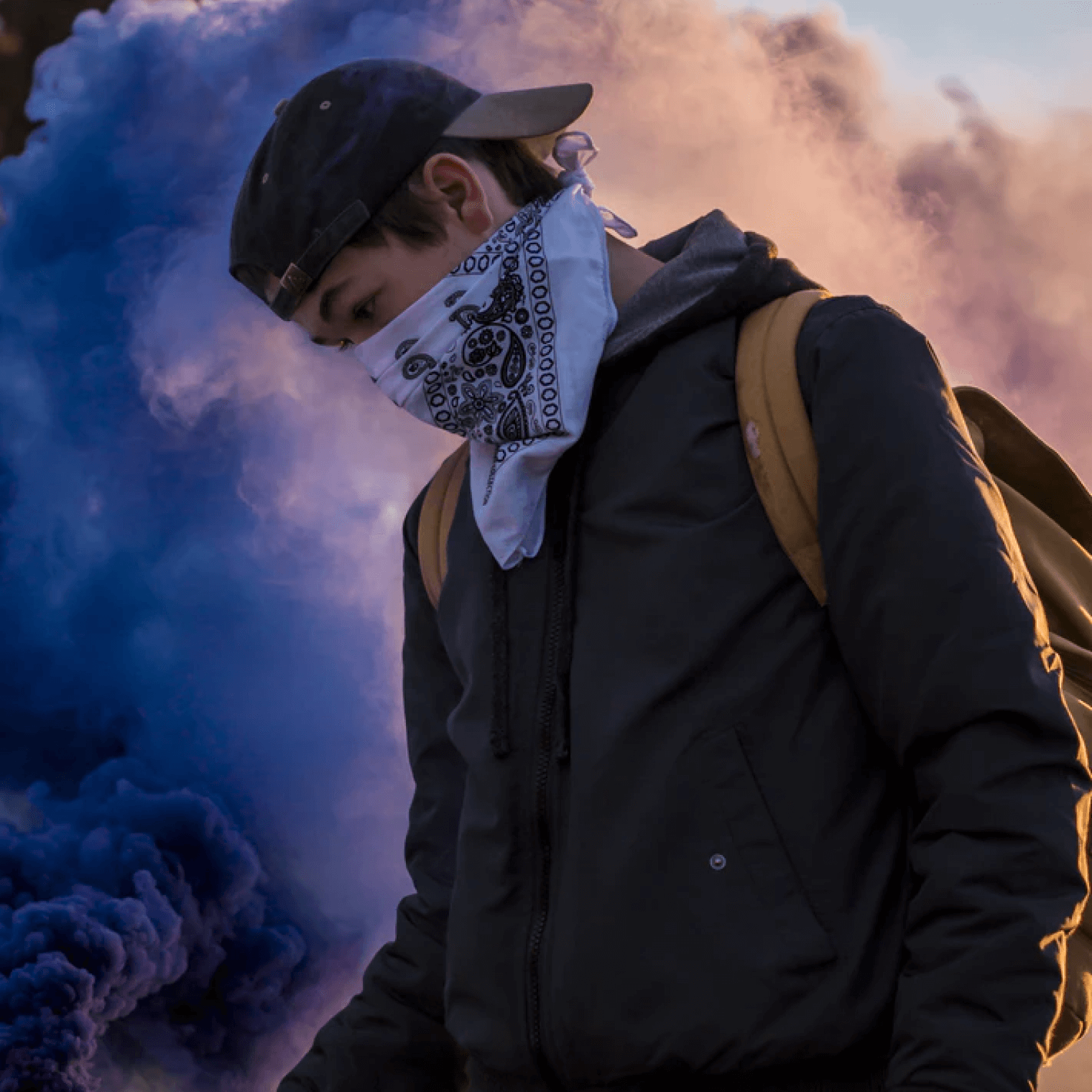In this article
Understanding [Feature Name]
Backroom video experience feels like opening the wrong door in your office and never finding your way back. Instead, you're stuck in yellow halls that buzz with fluorescent lights and stretch forever. That's the unsettling feeling you get when you stumble on these videos.
So, what are Backrooms videos, and why are they so addictive? This article will cover the Backrooms video theory and the Backrooms video vs. analog horror comparison.

The Backroom video theory can be understood as a framework for interpreting liminal spaces and digital folklore. These videos reflect anxieties about confinement, endless repetition, and disconnection from reality.
Tension is created by the endless yellow-lit hallways where reality appears to glitch. Through this lens, the Backrooms function as a visualization of the fear of the unknown. The use of VHS-style effects creates a disorienting yet immersive experience.

Origin of the Backrooms videos
Kane Parsons, known as Kane Pixels, launched the Backrooms series in early 2022. He filmed found-footage shorts and passed them through a VCR filter to nail that analog look. Parsons went on to add plot threads like ASYNC, and created multiple videos that deepened the lore.
Key Elements of Backrooms Videos
The key elements of Backroom's videos make up their eerie and immersive world. Each component or concept works together to pull you into the unsettling maze. These elements include:

Backrooms Video vs. Analog Horror
Backroom's videos vs. analog horror evaluation stems from how each approaches horror storytelling. Analog horror focuses on horror using real analog media like VHS tapes, CRT monitors, or old radio recordings.
On the other hand, backroom videos mimic an analog aesthetic with filters, static overlays, timestamps, and noise effects. However, the footage is digital and does not originate from analog sources.

| Aspect | Backrooms Videos | Analog Horror |
| Origins | Digital creation, 2022–present by Kane Pixels | Pre-digital era, recorded on analog media |
| Genre Type | Liminal, immersive horror | Historical analog horror, experimental style |
| Production Method | Created in Blender, digitally enhanced with VHS filters | Recorded on actual VHS, CRT, or tape devices |
| Community Viewpoint | Often called analog by viewers, but debated | Recognized as true analog horror by purists |
| Influence | Expanded digital horror lore and inspired imitators | Influenced horror aesthetics and found-footage style |
Why the Debate Persists on Platforms like Reddit
When you explore Reddit threads about backroom video vs. analog horror, fans' arguments are pinpointed at horror genres and production methods. Therefore, opinions of fans are influenced by the following:
How the Backrooms Theory Is Used in Video Production
When you create Backroom videos, the theory shapes every production choice. You can apply it in these ways:
- Creating Liminal Spaces: Design endless yellow corridors, empty rooms, and flickering lights to disorient viewers.
- First-Person / Found-Footage Perspective: Use a personal viewpoint to make the horror feel immersive and immediate.
- Using VHS and Analog Filters: Apply static overlays, timestamps, and VHS-style effects to simulate analog realism digitally.
- Engaging Audiences Through Mystery: Leave hidden clues, ambiguous narratives, and open-ended storytelling to invite fan speculation.

Example of Backroom Video in Popular Media
While countless Backrooms videos exist online, a few stand out for how clearly they capture the eerie atmosphere and explain the appeal that makes this genre so unique. Below are the examples you should be looking out for.



How Creators Make Backrooms Videos
- Plan the Story: Sketch levels, monsters, and hidden clues for immersion.
- Choose Camera Angle: First-person or found-footage POV for realism.
- Build the Scene: Use 3D or stock footage with VHS/analog-style filters.
- Add Audio: Ambient hums, glitches, and subtle scares to heighten tension.
- Edit: Add glitch transitions, overlays, and color-grade yellow corridors.

Pitfalls to Avoid When Making Backrooms-Style Videos
When you create Backroom videos, being aware of common mistakes can enhance your work. Here are pitfalls to avoid:
Applying too many VHS or analog effects can distract from the story. Use them sparingly to maintain immersion.
Inconsistent lighting can confuse viewers. Ensure your lighting matches the scene's mood and setting.
Neglecting audio can break immersion. Incorporate ambient sounds and subtle noises to build tension.
A convoluted story can lose your audience. Keep the plot simple and focused on the eerie atmosphere.
Failing to involve your audience can make the video feel flat. Leave room for interpretation and encourage discussion.

How to Create Backroom Videos in Filmora
Creating backroom videos is no longer as complicated as it used to be during the days of Kane Parsons. There are AI video editing tools that handle this task.
Wondershare Filmora is one of the tools you can rely on for the best backroom videos that compete with videos online.
Filmora's AI Idea to Video makes it easy. Simply tell the AI the plot of the backroom video you want, and it will do the rest.

Follow these steps to create an ARG video in minutes.



Conclusion
The Backrooms video theory revolves around the concept of an endless, surreal maze of yellow-lit rooms. These rooms are depicted in a VHS-style aesthetic, which blends the analog genre with modern storytelling.
Creating these videos is no longer as complex as it was for early creators. Utilizing tools like Filmora makes it easy to create engaging Backrooms videos in minutes. The robust effects library makes it an excellent choice for creators of different levels.





